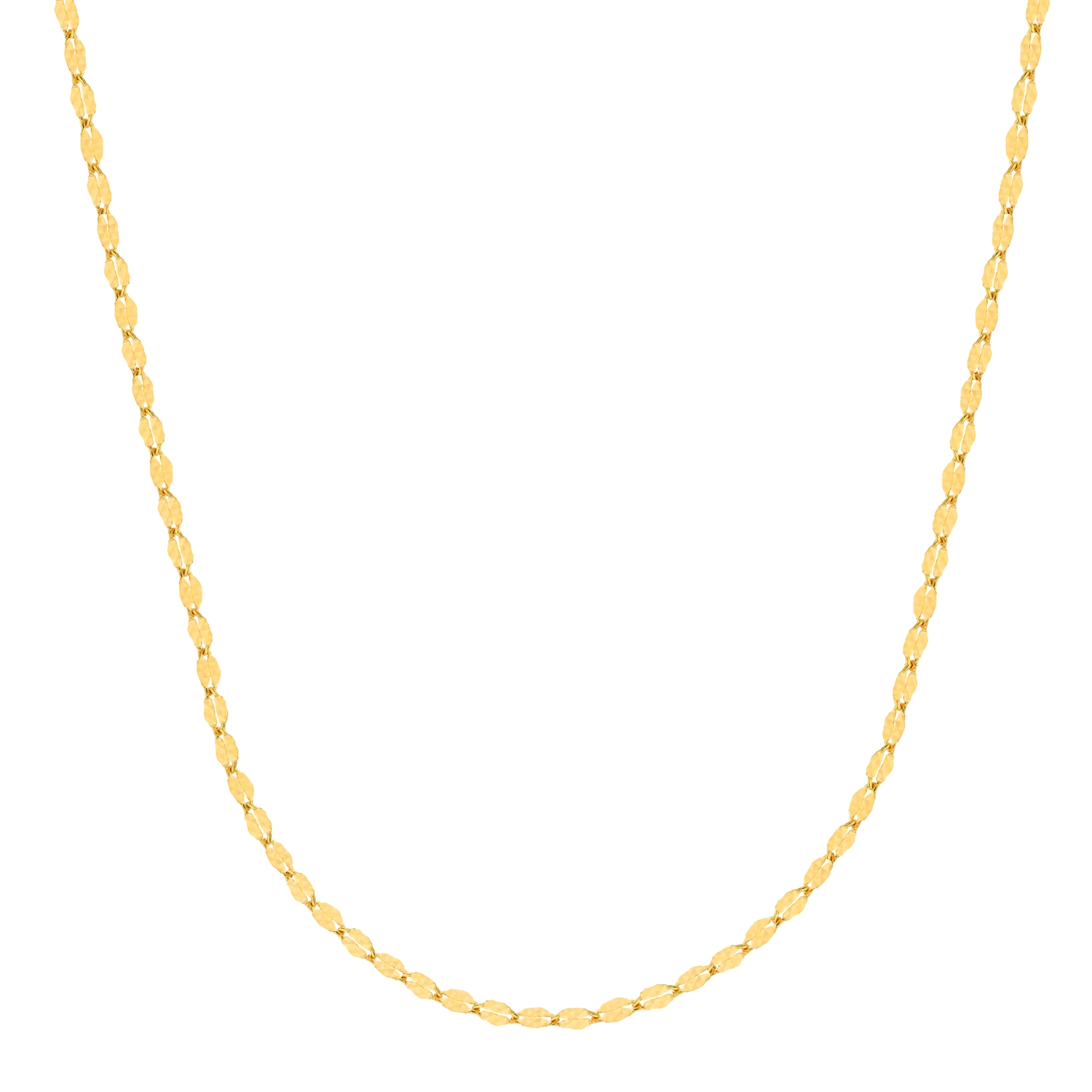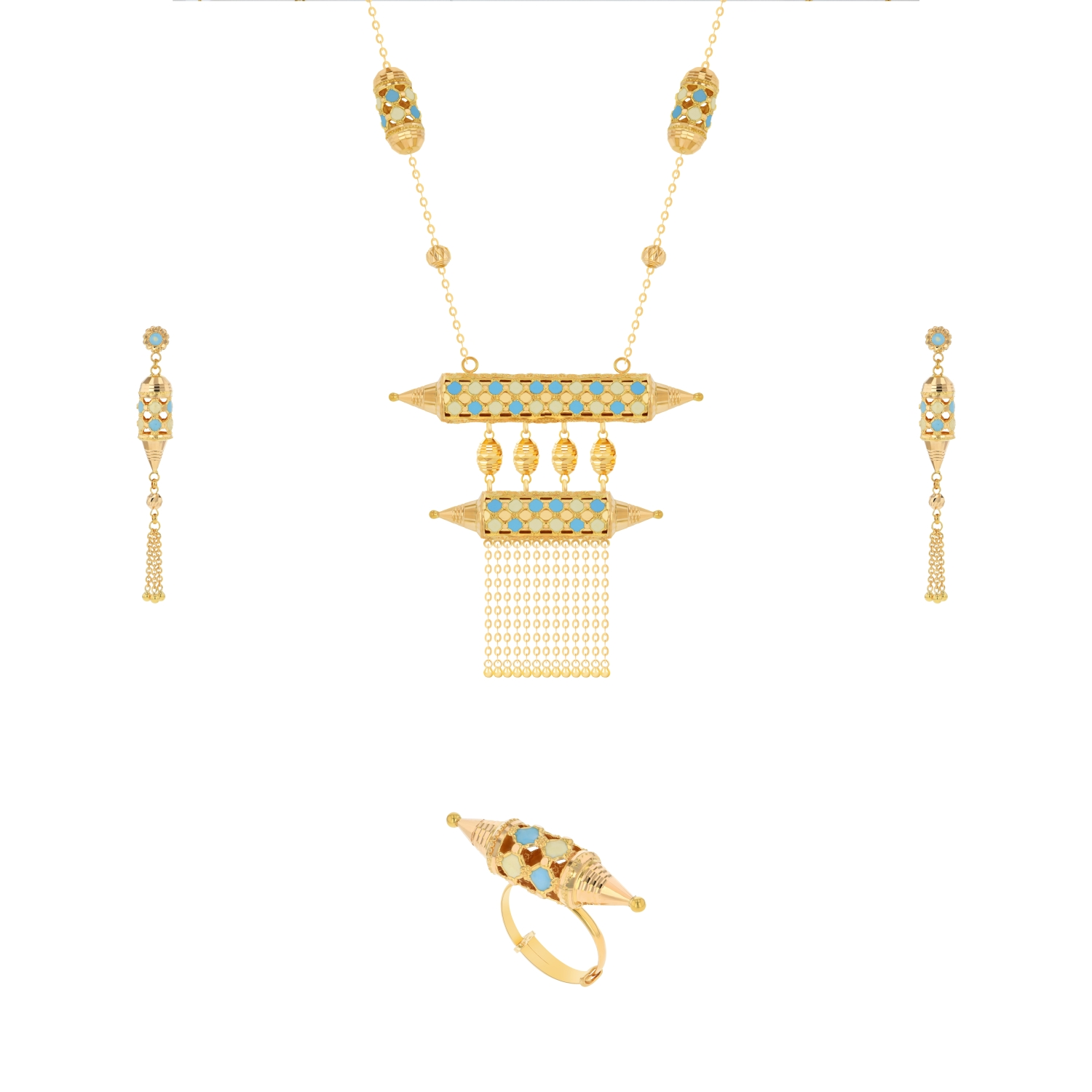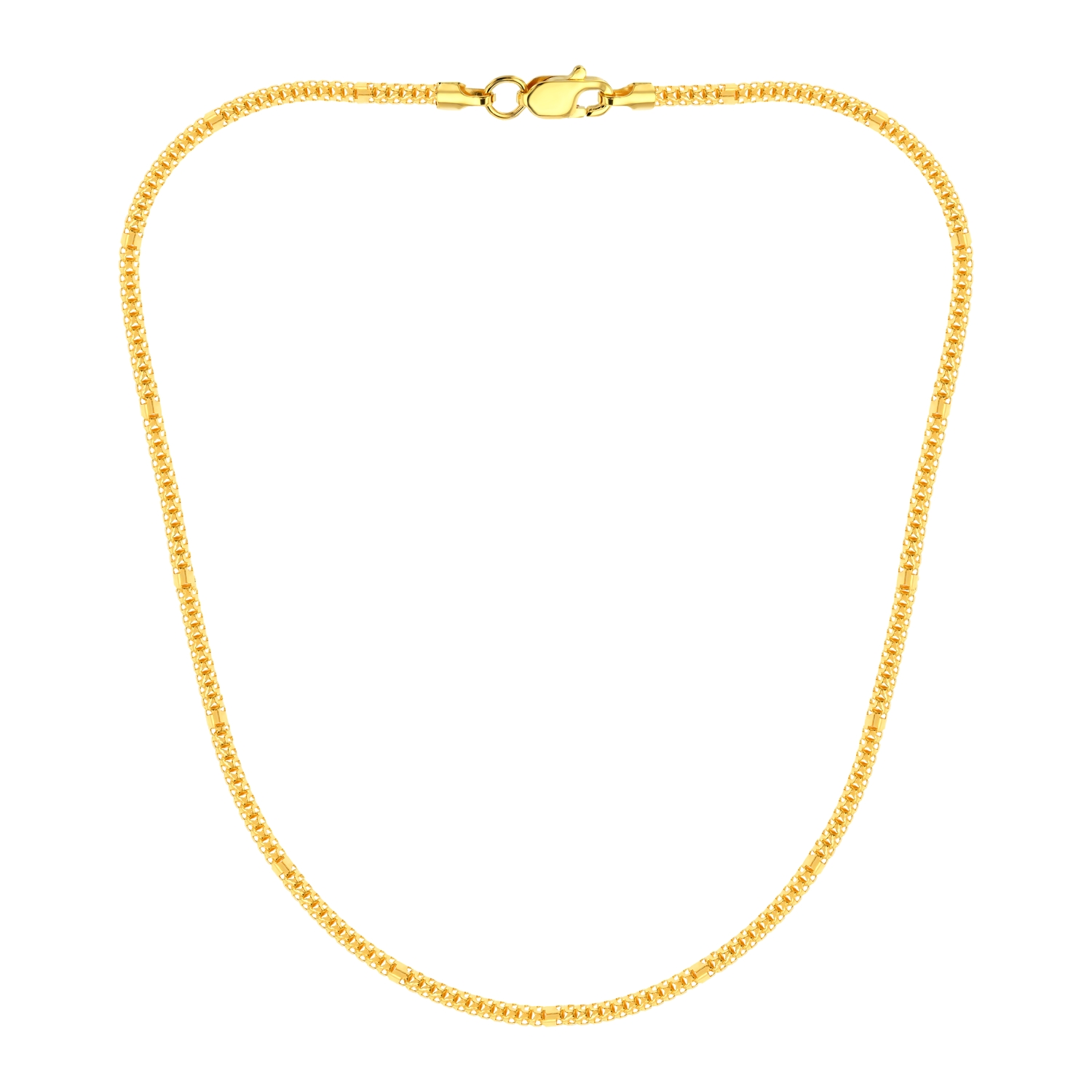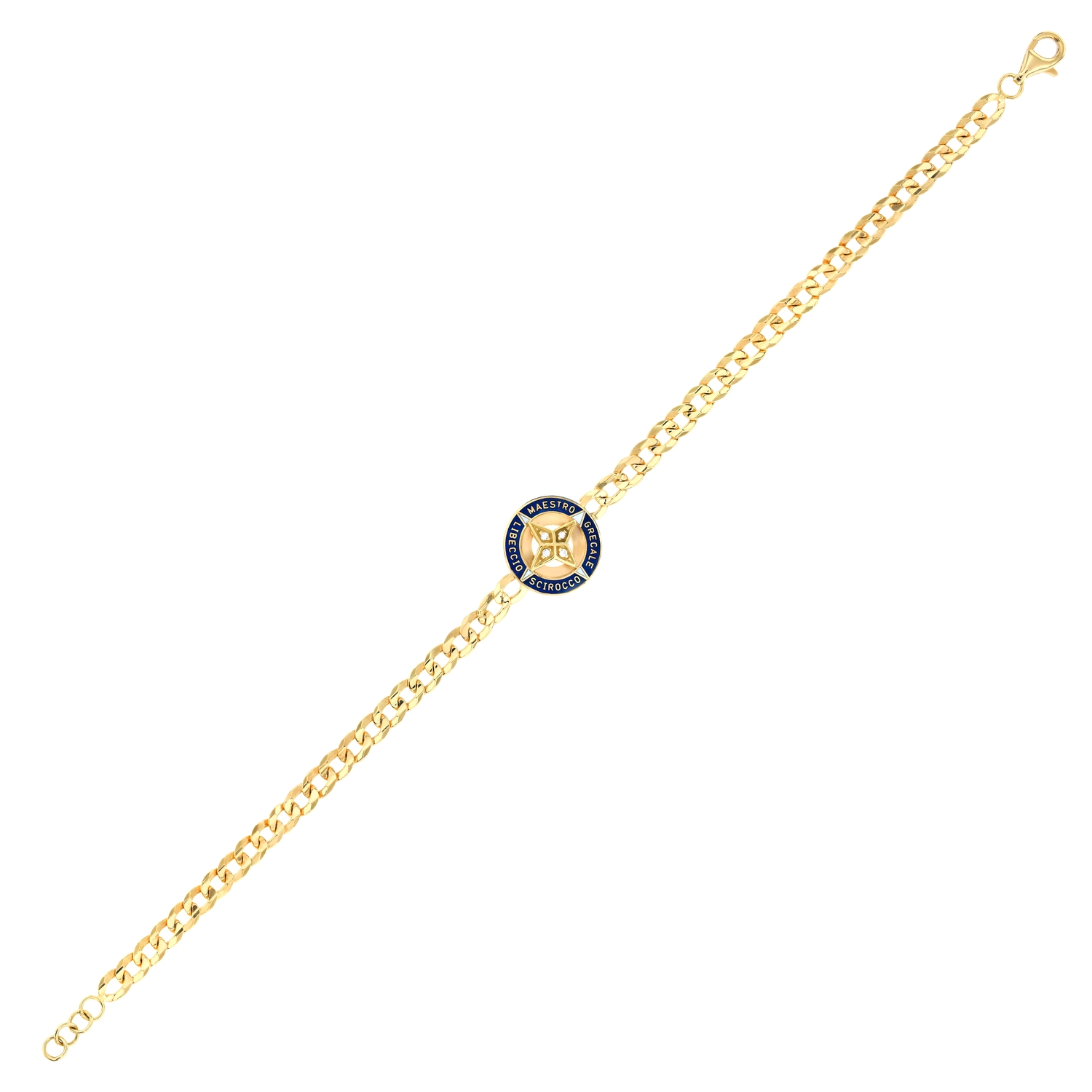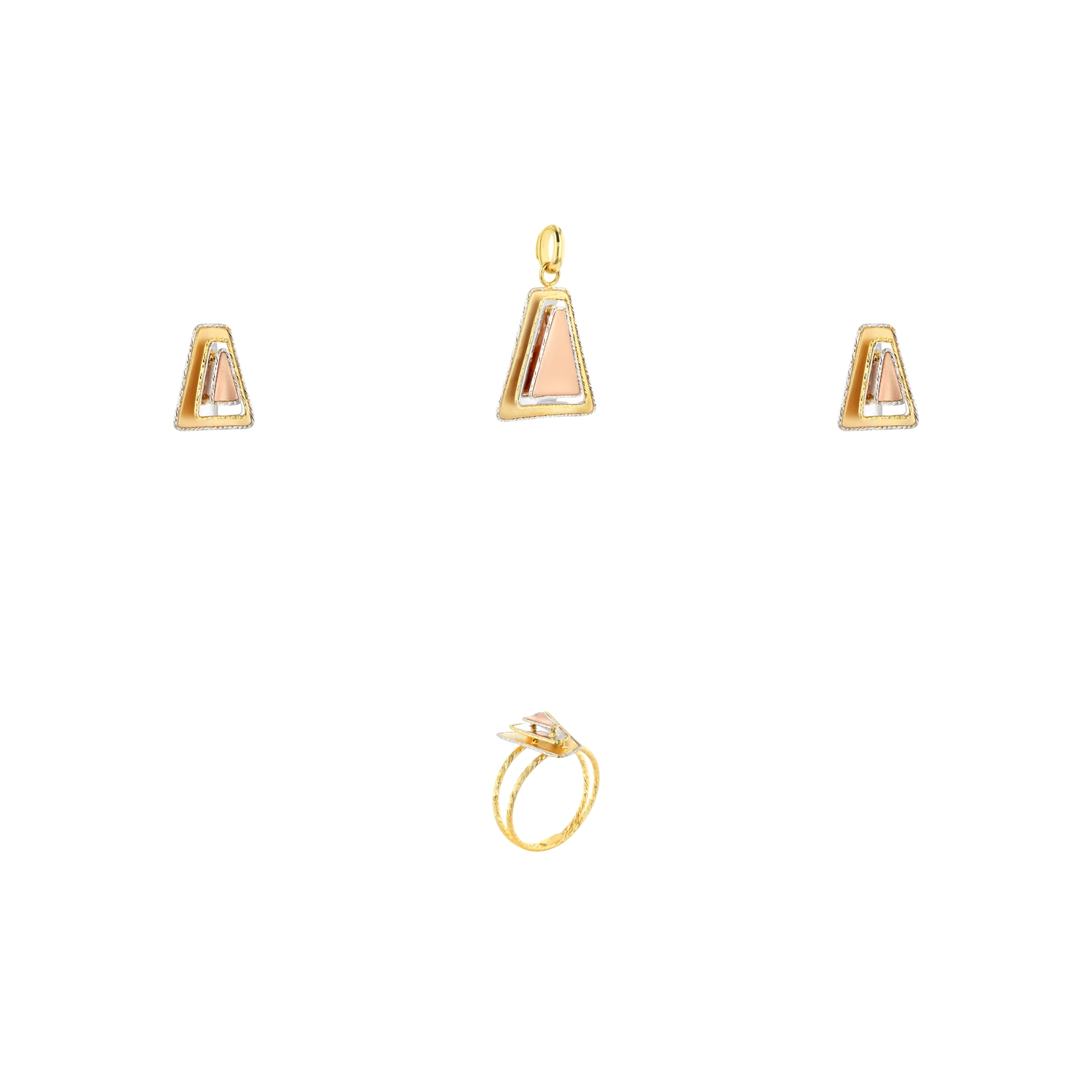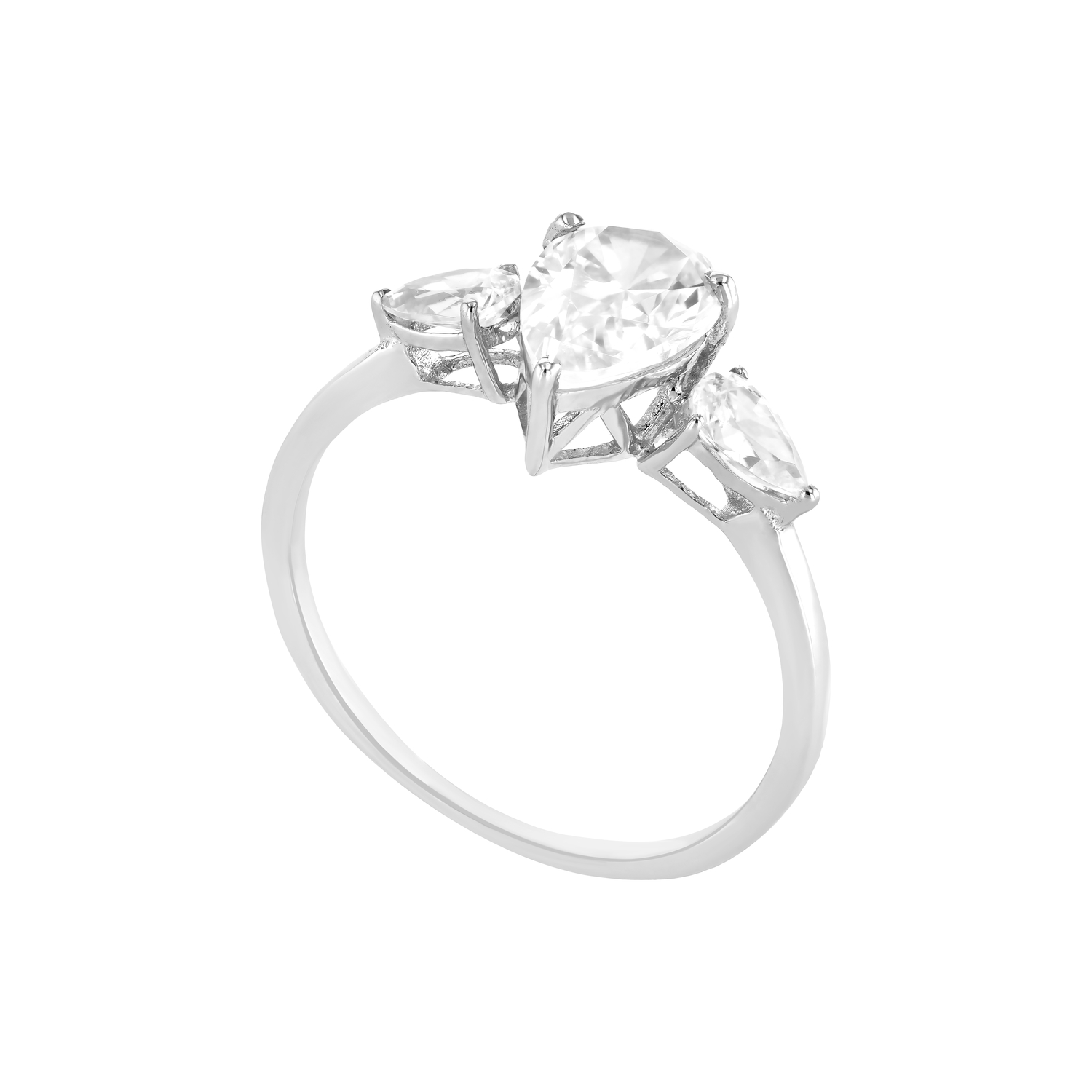Connecting Generations Through Ramadan Family Jewelry
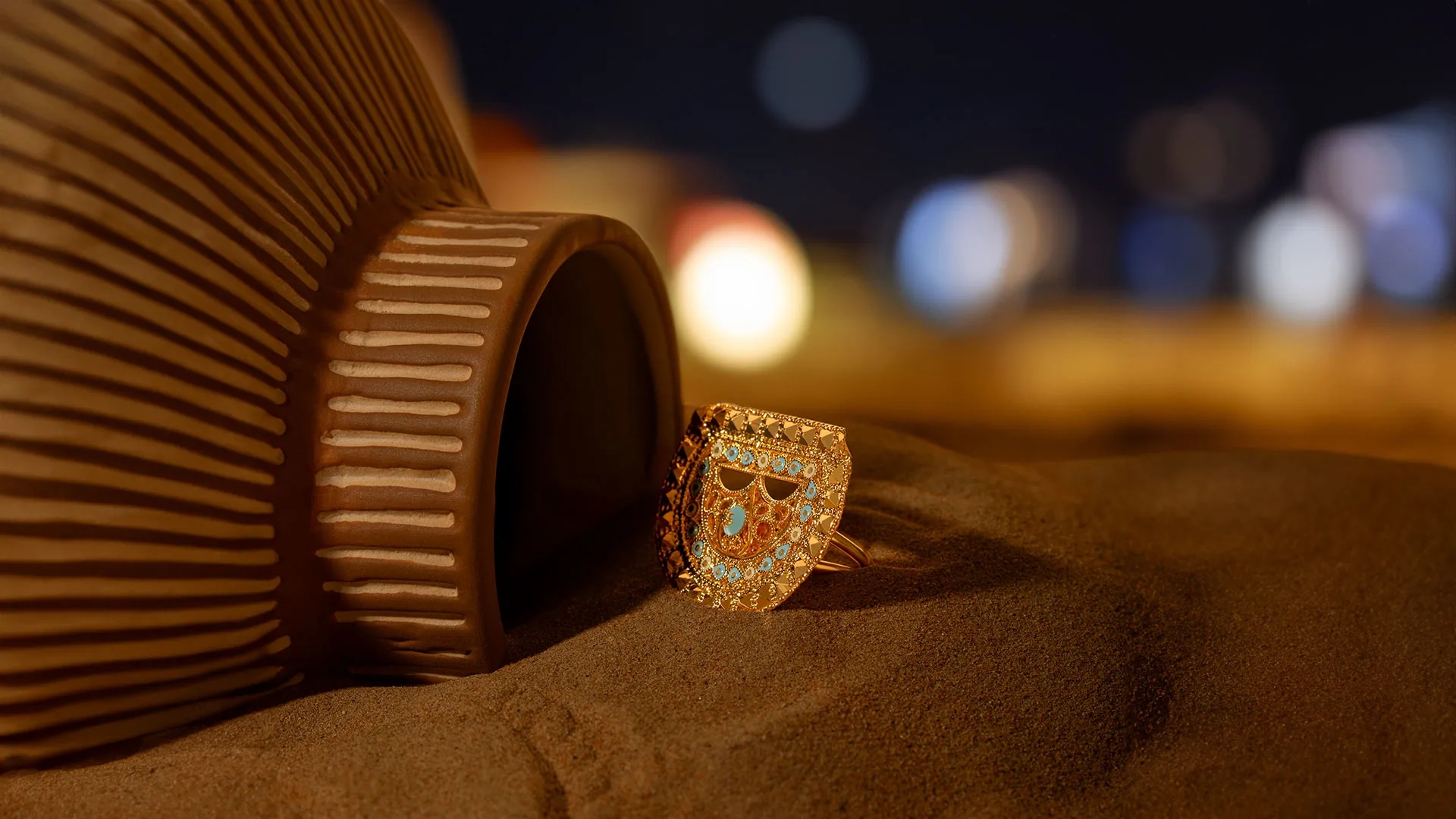
As the crescent moon marks the beginning of Ramadan, Muslim families across the globe prepare for a month of spiritual reflection, fasting, and strengthening family bonds. Among the many beautiful traditions that accompany this holy month, one particularly touching custom often goes unnoticed: the passing down of family jewelry. These precious pieces serve not just as adornments but as tangible links between generations, carrying with them stories of faith, resilience, and love.
The Sacred Tradition of Inheritance
In many Muslim families, Ramadan becomes a time when mothers and grandmothers share not only their cherished recipes for iftar but also their most precious jewelry pieces with the next generation. These items often hold deep significance – from intricate gold necklaces adorned with religious inscriptions to delicate silver bangles that have graced the wrists of multiple generations during Eid prayers.
"My grandmother's gold pendant, inscribed with the verse of Ayat al-Kursi, has been in our family for four generations," shares Amira Hassan, a young professional from Dubai. "Every Ramadan, she would wear it during taraweeh prayers, and now that she's passed, wearing it during the holy month makes me feel like she's still praying beside me."
More Than Just Ornaments
These jewelry pieces transcend their material value, becoming repositories of family history and spiritual connection. Many pieces feature Islamic calligraphy, geometric patterns, or symbols that reflect both artistic heritage and religious devotion. Some families maintain collections of zakat-exempt jewelry, specifically reserved for special occasions during Ramadan and Eid.
The tradition of passing down these pieces often comes with elaborate storytelling sessions during iftar gatherings. Elderly family members share tales of how certain pieces came into the family – perhaps as a wedding gift during a Ramadan nikah, or as a reward for a daughter's first complete fast. These stories weave together faith, family, and tradition, creating a tapestry of shared experiences that strengthen intergenerational bonds.
A Bridge Across Time and Distance
In our modern world, where families are often separated by continents, these jewelry pieces take on added significance during Ramadan. Young Muslims living abroad find comfort in wearing their mother's prayer beads or their grandmother's rings during solitary iftars, feeling connected to their family's spiritual legacy despite the physical distance.
"When I moved to London for work, my mother gave me her mother's silver prayer bracelet," recounts Fatima Khan, an architect. "Every time I touch the worn engravings during my Ramadan prayers, I'm reminded of the generations of strong Muslim women in my family who maintained their faith while adapting to new circumstances."
Preserving Heritage in a Modern Context
The tradition of Ramadan family jewelry has evolved with time. Modern Muslim families are finding creative ways to maintain this meaningful practice while adapting to contemporary lifestyles. Some are incorporating new elements – having traditional pieces redesigned to suit modern tastes while preserving their essential character, or creating digital archives of family jewelry collections complete with recorded stories and photographs.
Young Muslim designers are also drawing inspiration from this tradition, creating pieces that honor Islamic heritage while appealing to a new generation. These contemporary interpretations often feature subtle religious symbolism and can be worn year-round, helping younger Muslims maintain a constant connection to their faith and family heritage.
Teaching Values Through Treasures
The practice of sharing family jewelry during Ramadan serves as a powerful teaching tool. As pieces are passed down, they carry with them lessons about generosity, responsibility, and the importance of maintaining family ties. Parents use these moments to discuss concepts like amanah (trustworthiness) and baraka (divine blessing), helping children understand that true value lies not in material worth but in the meanings and memories attached to these treasures.
Looking to the Future
As we continue to navigate an increasingly digital world, the tangible connection provided by family jewelry becomes even more precious during Ramadan. These pieces serve as physical reminders of our heritage and the importance of maintaining traditional practices while embracing progress.
Young Muslims are finding innovative ways to document and share their family jewelry stories, using social media and digital platforms to connect with relatives across the globe during Ramadan. Some families organize virtual show-and-tell sessions during online iftar gatherings, where different generations share the stories behind their inherited pieces.
A Legacy of Love and Faith
The tradition of Ramadan family jewelry reminds us that faith and family bonds are intertwined in beautiful ways. Each piece passed down carries with it prayers, hopes, and love from previous generations. As another Ramadan approaches, these precious items continue to serve as bridges – connecting past to present, young to old, and earthly beauty to spiritual significance.
In a world that often emphasizes the new over the old, these family treasures stand as testament to the enduring value of heritage and tradition. They remind us that some of the most precious gifts we can give our children are not bought but inherited – not just in material form, but in the values, faith, and family stories they represent.
As families gather this Ramadan, perhaps it's time to open those jewelry boxes and share not just the pieces within, but the stories, lessons, and love they contain. For in these small treasures lie great reminders of who we are and where we come from – a heritage as precious as the gold and silver that helps preserve it.

